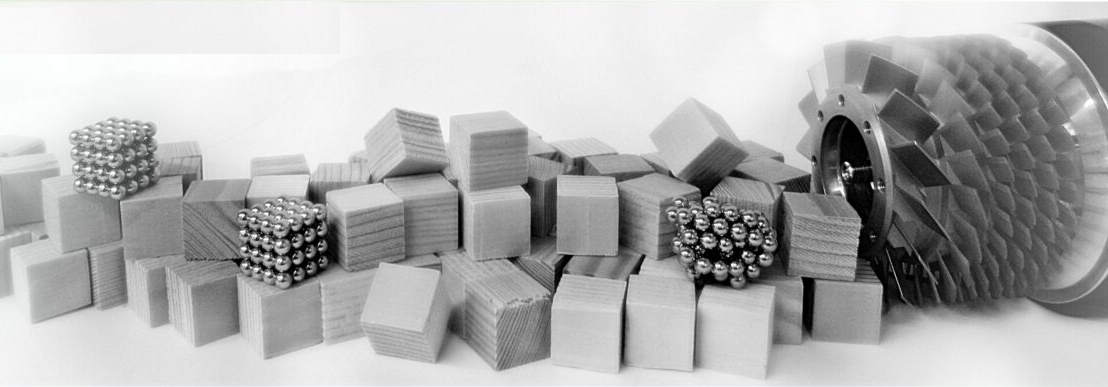Materials and Interfaces

With their decisive role for numerous natural and technological processes which range from nanoelectronics, sensor technology, solid state lighting, catalysis and solar conversion, surfaces and interfaces dominate most physicochemical processes occurring within functional nanomaterials. Interfaces can be engineered to tune the function and stability of nanostructures, but also induce complex assembly at the meso- and the microscale, providing access to a range of new materials.
The group has profound expertise in functional properties of local surface and interfaces within nanostructured solids. This includes:
• characterization and engineering of defects and impurities in metal oxide nanostructures,
• study of charged surfaces in the context of photoelectrochemical applications,
• metal/semiconductor and plasmonic materials.
Various methods are employed to generate pure and nanoparticle composites in the form of dry powders, colloidal dispersions or thin nanostructured films with specific chemical, optical and electronic properties. Furthermore, our research aims at the understanding of growth and stability of these metastable nanoscale solids in order to determine their potential use and reliability under realistic operation conditions.
Methods
Powders and colloids as well as dense and porous thin films are prepared by gas-phase and wet-chemical synthetic strategies (chemical vapor synthesis, hydrothermal synthesis, thin film deposition by DC and RF sputtering, electrophoretic thin film deposition, electrochemical deposition within porous membranes, nanosphere lithography, metal assisted chemical etching).
Following synthesis the materials are processed in a controlled way (e.g. by thermal sample activation in defined atmospheres to obtain clean surfaces) and transferred into defined environments (high vacuum conditions, gas atmospheres, liquids and electrolytes). Compositional and microstructural materials properties are studied by a combination of spectroscopic methods (UV/Vis spectroscopy in transmission and diffuse reflectance, IR spectroscopy in transmission and attenuated total reflection), electron microscopy (SEM and TEM including elemental analysis and electron diffraction) as well as techniques for the characterization of colloidal properties (dynamic light scattering, laser Doppler electrophoresis).
Defect generation as well as recombination, transport and transfer of charge carriers are studied by a combination of spectroscopic (photoluminescence, electron paramagnetic resonance, cathodoluminescence), electric (4-point probe measurements, electron-beam induced current measurements) and electrochemical techniques (IR and UV/Vis spectroelectrochemistry, photoelectrochemistry).
The materials performance is evaluated by determining e.g. the photoluminescence quantum yield at particle powders and colloids or the external and internal conversion efficiencies of photoelectrodes.




